Sourcing Sustainable Wood Without Harming Forest
- July 30, 2024
- 0 comment
Sourcing sustainable wood without harming forests is a critical practice aimed at balancing human needs with environmental conservation. This approach involves adopting forestry practices that ensure the long-term health and productivity of forest ecosystems. Central to these efforts are certification systems like the Forest Stewardship Council (FSC) and the Programme for the Endorsement of Forest Certification (PEFC), which set standards for responsible forest management. Techniques such as selective logging and agroforestry are employed to minimize ecological disruption, promoting biodiversity and soil health.

Technological advancements, including remote sensing, GIS, and drone technology, play a significant role in monitoring and managing forests sustainably. Furthermore, robust legal and policy frameworks at international, national, and local levels support these practices by enforcing regulations that protect forests. Community involvement and the integration of indigenous knowledge are essential, as they bring valuable insights and foster a sense of stewardship among local populations. The economic viability of sustainable wood sourcing is enhanced by increasing market demand for certified products and financial incentives from governments and non-governmental organizations.
Despite challenges, innovative solutions and best practices from around the world demonstrate that sustainable wood sourcing is achievable. By prioritizing these methods, we can ensure that our forests continue to thrive, providing essential resources and ecological services for generations to come.
List of Sourcing Sustainable Wood Without Harming Forest
- Understanding Sustainable Forestry Practices
- Technological Advancements in Sustainable Wood Sourcing
- Legal and Policy Frameworks
- Community Involvement and Indigenous Knowledge
- Economic Aspects of Sustainable Wood Sourcing
- Challenges and Solutions
- FAQs
Understanding Sustainable Forestry Practices
Certification Systems
Certification systems like the Forest Stewardship Council (FSC) and the Programme for the Endorsement of Forest Certification (PEFC) are instrumental in promoting sustainable forestry practices. These systems establish rigorous standards that forest managers must adhere to, ensuring responsible management of forest resources. FSC and PEFC certifications guarantee that wood products come from forests managed in a way that preserves biological diversity, benefits the lives of local people and workers, and ensures economic viability. By adhering to these standards, certified forests maintain their ecological functions and support sustainable wood sourcing.
Selective Logging
Selective logging is a forestry practice that involves carefully choosing which trees to harvest, rather than clear-cutting large swaths of forest. This technique minimizes environmental impact by maintaining forest structure and biodiversity. Selective logging allows for the continuous growth and regeneration of trees, preserving the forest canopy and protecting wildlife habitats. Unlike clear-cutting, which can lead to soil erosion and habitat destruction, selective logging supports a healthier forest ecosystem, ensuring that wood resources are available for future generations.
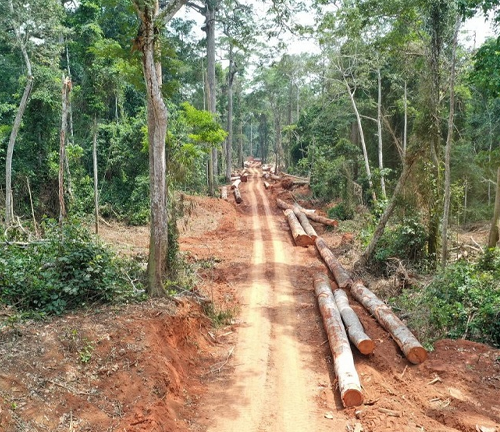
Agroforestry
Agroforestry integrates trees and shrubs into agricultural landscapes, providing multiple benefits for both forestry and agriculture. This practice enhances biodiversity, improves soil health, and increases crop yields. Agroforestry systems, such as alley cropping and silvopasture, create a more resilient environment by mimicking natural ecosystems. Successful projects, like those in Brazil’s Amazon region, demonstrate how agroforestry can restore degraded lands and provide sustainable wood sources. By combining agricultural and forestry practices, agroforestry supports sustainable wood production without compromising forest health.
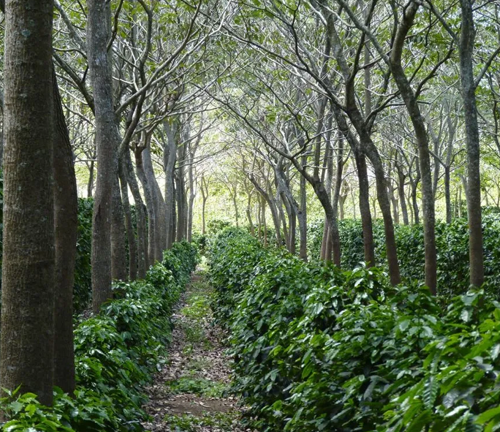
Technological Advancements in Sustainable Wood Sourcing
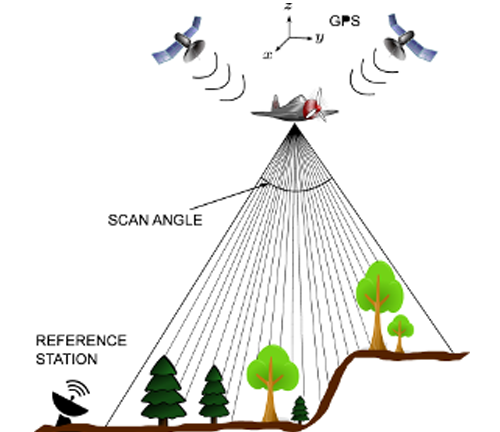

Remote Sensing and GIS
Remote sensing and Geographic Information Systems (GIS) are powerful tools for monitoring forest health and managing resources sustainably. These technologies allow for the collection of detailed data on forest cover, tree species, and land use changes. For example, satellite imagery and GIS mapping help identify areas of illegal logging and deforestation. In sustainable forestry, remote sensing and GIS facilitate the efficient management of forest resources by providing real-time data on forest conditions, enabling better decision-making and conservation efforts.
Drones and Aerial Surveys
Drones and aerial surveys have revolutionized forest management by providing precise and up-to-date information on forest conditions. Drones equipped with high-resolution cameras and sensors can assess tree health, monitor growth rates, and detect signs of disease or pest infestation. Case studies, such as those in Indonesia and Canada, highlight the effectiveness of drones in sustainable wood sourcing. By offering a cost-effective and efficient way to monitor large forest areas, drones contribute significantly to sustainable forestry practices.
Legal and Policy Frameworks
International Regulations
International agreements and conventions play a crucial role in promoting sustainable wood sourcing. Agreements such as the Convention on Biological Diversity (CBD) and the United Nations Forum on Forests (UNFF) set global standards for forest conservation and sustainable use. These regulations encourage countries to adopt sustainable forestry practices, reduce deforestation, and protect biodiversity. The impact of these international frameworks is evident in the growing number of countries implementing sustainable forest management policies.
National and Local Policies
National and local policies are essential for the successful implementation of sustainable forestry practices. Countries like Sweden and New Zealand have developed comprehensive policies that promote sustainable wood sourcing while protecting forest ecosystems. These policies include measures such as reforestation programs, strict logging regulations, and incentives for sustainable practices. Effective enforcement of these policies ensures that forests are managed sustainably, providing long-term benefits for the environment and local communities.
Community Involvement and Indigenous Knowledge
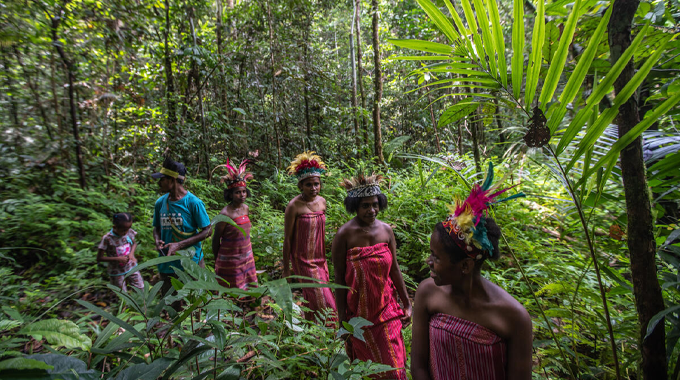
Role of Local Communities
Local communities play a vital role in sustainable forestry practices. Involving community members in forest management helps ensure that their needs and knowledge are considered. Community-led initiatives, such as those in Nepal and Tanzania, have successfully implemented sustainable wood sourcing practices. These initiatives empower communities to manage their forest resources responsibly, resulting in improved livelihoods and healthier forests. By fostering a sense of ownership and stewardship, community involvement is crucial for sustainable forestry.
Indigenous Knowledge Systems
Indigenous knowledge systems offer valuable insights into sustainable forest management. Indigenous communities have developed sophisticated understanding of forest ecosystems over generations. Integrating this knowledge with modern forestry practices enhances sustainability. Case studies from regions like the Amazon and Southeast Asia demonstrate how indigenous practices, such as traditional land-use planning and rotational farming, contribute to sustainable wood sourcing. Recognizing and incorporating indigenous knowledge is essential for achieving sustainable forestry goals.
Economic Aspects of Sustainable Wood Sourcing
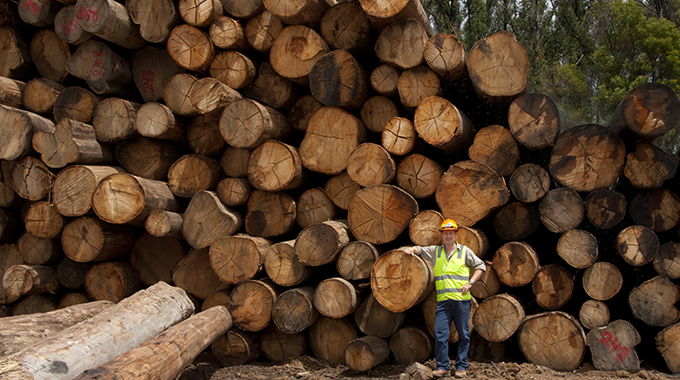
Market Demand for Sustainable Wood
The market demand for sustainable wood products is growing as consumers become more environmentally conscious. Trends indicate an increasing preference for products certified by organizations like FSC and PEFC. This shift in consumer behavior drives companies to adopt sustainable practices, creating a positive feedback loop that promotes forest conservation. As demand for sustainable wood rises, it incentivizes forest managers to pursue certification and implement sustainable sourcing practices.
Financial Incentives and Support
Financial incentives and support programs are crucial for encouraging sustainable forestry. Governments and non-governmental organizations (NGOs) offer various forms of assistance, such as grants, subsidies, and tax breaks, to promote sustainable practices. Examples include the European Union’s LIFE program and the United States’ Forest Stewardship Program, which provide financial resources to support sustainable forest management. These incentives help offset the costs of certification and sustainable practices, making it more feasible for forest managers to adopt them.
Challenges and Solutions
Challenges in Implementing Sustainable Practices
Implementing sustainable wood sourcing practices comes with challenges, including high costs, lack of awareness, and inadequate enforcement of regulations. Forest managers often face financial constraints in obtaining certification and implementing sustainable practices. Additionally, insufficient knowledge about sustainable methods and weak regulatory frameworks can hinder progress. Addressing these challenges requires concerted efforts from governments, NGOs, and the private sector to provide financial support, education, and robust enforcement mechanisms.
Innovative Solutions and Best Practices
Innovative approaches and best practices from around the world demonstrate that sustainable wood sourcing is achievable. Examples include the use of blockchain technology to ensure transparency in supply chains and community-based forest management models that empower local populations. Best practices from countries like Finland and Costa Rica highlight the importance of integrating technology, policy, and community involvement in sustainable forestry. By adopting these innovative solutions, the forestry sector can overcome challenges and achieve long-term sustainability.
Frequently Asked Questions (FAQs)
1. What is sustainable wood sourcing?
Sustainable wood sourcing involves harvesting wood in a way that maintains the long-term health and productivity of forest ecosystems. It focuses on practices that ensure forests can regenerate, preserve biodiversity, and support local communities while meeting the demand for wood products.
2. What are certification systems like FSC and PEFC?
The Forest Stewardship Council (FSC) and the Programme for the Endorsement of Forest Certification (PEFC) are organizations that provide certifications to forests managed according to rigorous environmental, social, and economic standards. These certifications ensure that wood products come from responsibly managed forests.
3. How does selective logging contribute to sustainability?
Selective logging involves harvesting only specific trees, leaving the rest of the forest intact. This method minimizes environmental impact, maintains forest structure and biodiversity, and allows the forest to regenerate naturally, unlike clear-cutting, which can cause significant ecological damage.
4. What is agroforestry, and how does it benefit forests?
Agroforestry integrates trees and shrubs into agricultural landscapes. It enhances biodiversity, improves soil health, and increases crop yields by mimicking natural ecosystems. Agroforestry practices support sustainable wood production while preserving forest health and providing additional benefits to farmers.
5. How do technologies like remote sensing and GIS help in sustainable wood sourcing?
Remote sensing and Geographic Information Systems (GIS) provide detailed data on forest conditions, including tree species, forest cover, and land use changes. These technologies help monitor forest health, detect illegal logging, and manage resources efficiently, supporting sustainable forestry practices.
6. What role do drones play in sustainable forestry?
Drones equipped with cameras and sensors can assess tree health, monitor growth rates, and detect signs of disease or pests. They offer a cost-effective and efficient way to survey large forest areas, providing valuable information for sustainable wood sourcing and forest management.
7. What are some key international regulations supporting sustainable wood sourcing?
International agreements like the Convention on Biological Diversity (CBD) and the United Nations Forum on Forests (UNFF) set global standards for forest conservation and sustainable use. These regulations encourage countries to adopt practices that reduce deforestation and protect biodiversity.
8. How do local communities contribute to sustainable forestry?
Local communities play a crucial role by participating in forest management and ensuring their needs and knowledge are considered. Community-led initiatives often result in more sustainable practices, as locals have a vested interest in preserving their environment and livelihoods.
9. Why is indigenous knowledge important for sustainable forest management?
Indigenous knowledge systems offer valuable insights into sustainable forest practices developed over generations. Integrating this knowledge with modern forestry techniques enhances sustainability and promotes practices that are culturally and environmentally appropriate.
10. How does market demand for sustainable wood products influence forestry practices?
Increasing consumer preference for sustainable wood products drives companies to adopt responsible practices and seek certifications. This market demand encourages forest managers to implement sustainable methods, contributing to forest conservation.
11. What financial incentives are available for sustainable forestry?
Governments and NGOs offer various incentives, such as grants, subsidies, and tax breaks, to promote sustainable practices. These financial supports help offset the costs of certification and sustainable management, making it more feasible for forest managers to adopt these practices.
12. What are the main challenges in implementing sustainable wood sourcing?
Challenges include high costs, lack of awareness, and inadequate enforcement of regulations. Forest managers may struggle with the financial burden of certification and sustainable practices, and weak regulatory frameworks can hinder progress.
13. What are some innovative solutions for sustainable wood sourcing?
Innovative solutions include the use of blockchain technology for transparent supply chains and community-based forest management models. Best practices from countries with successful sustainable forestry programs highlight the importance of integrating technology, policy, and community involvement.
14. How can individuals support sustainable wood sourcing?
Individuals can support sustainable wood sourcing by choosing products certified by organizations like FSC and PEFC, advocating for policies that promote sustainable forestry, and raising awareness about the importance of responsible wood sourcing.

Gilbert Griffin
Forestry AuthorGilbert Griffin is a forest management expert specializing in sustainable practices, forest health, conservation, and land management. With extensive knowledge in pest control, disease management, and habitat restoration, Gilbert develops strategies to preserve forest ecosystems and biodiversity. Passionate about the natural world, Gilbert adapts to changes in forest management and stays updated through continuous learning. Gilbert also provides seasonal advice to optimize forest care throughout the year.




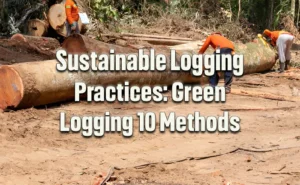
Leave your comment